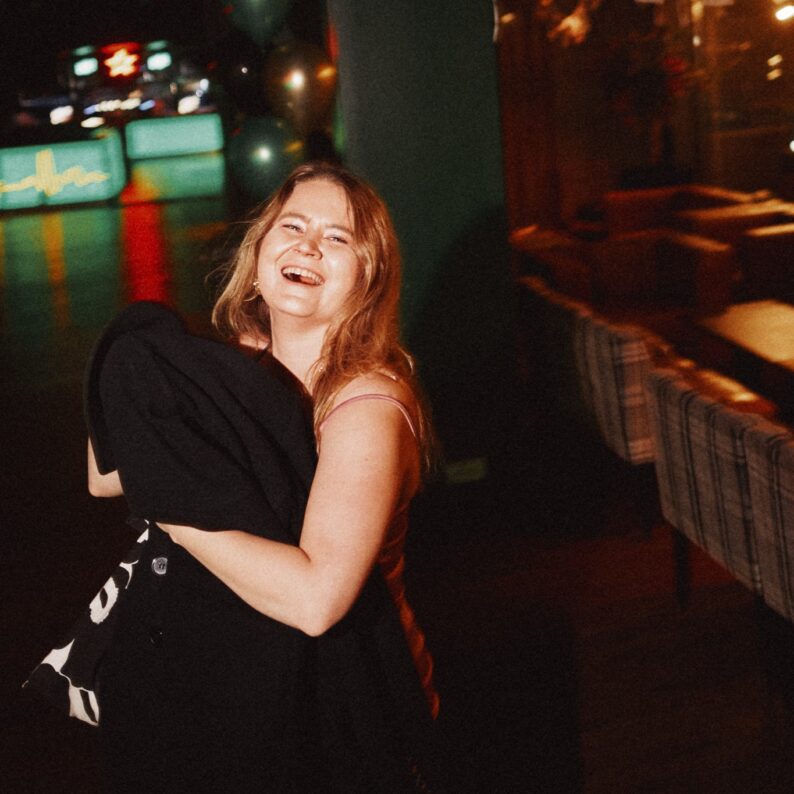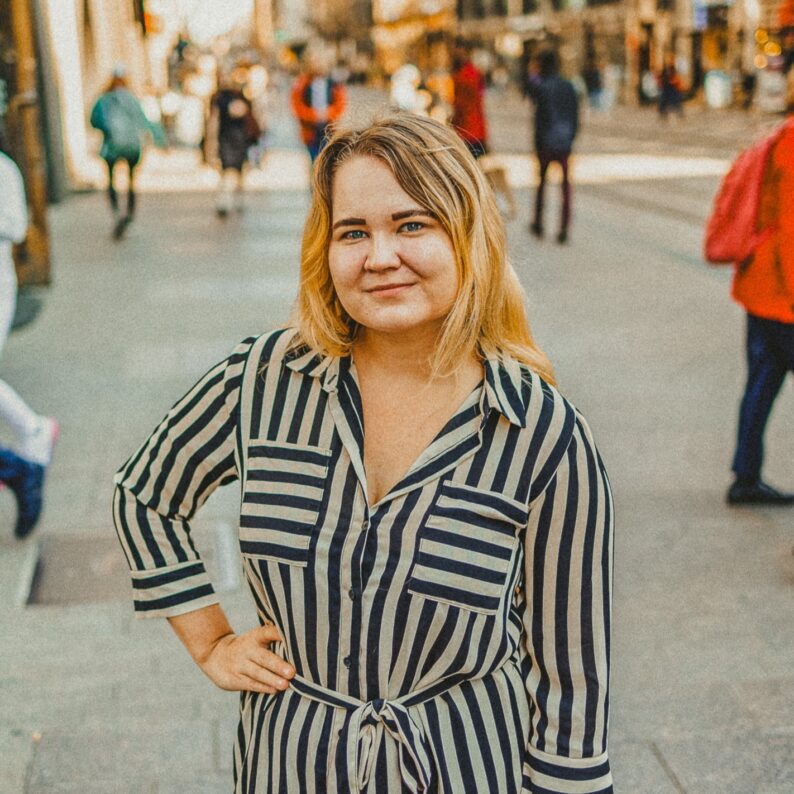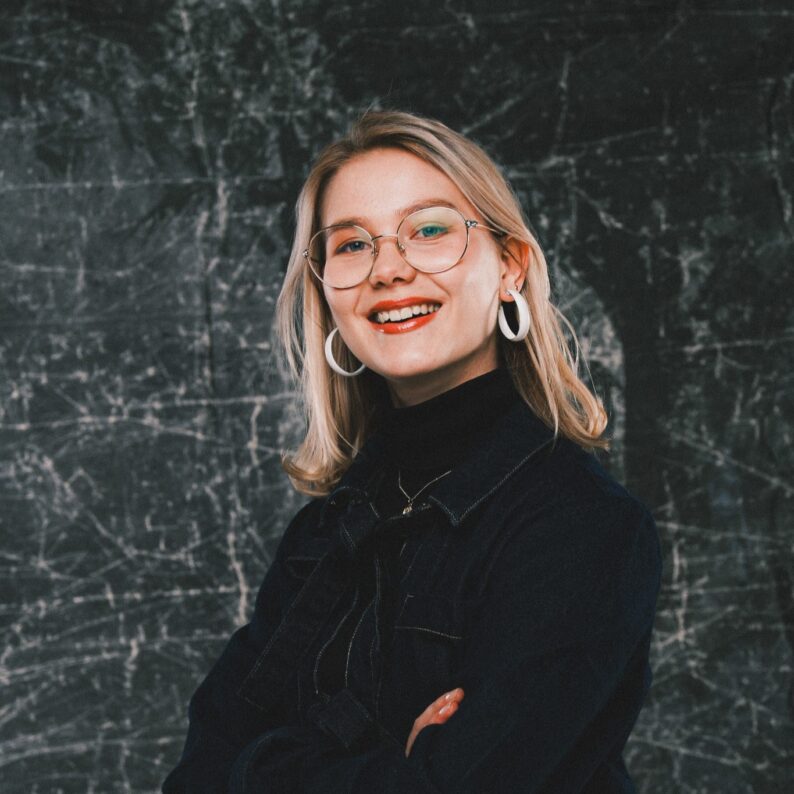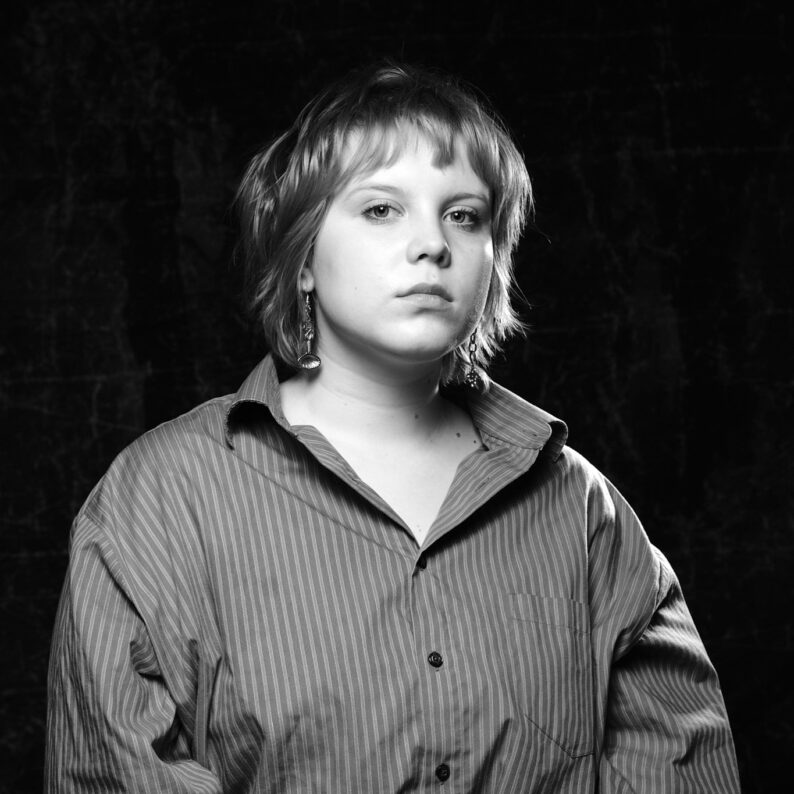


What university community?
BLOG
Two years ago, the coronavirus pandemic forced students to stay at home, moved teaching into remote environments and severely limited social contacts. The entire society shut down. Some glimpses of light could already be seen last autumn, and some students, especially freshers, got to experience what the University community has to offer. And now the University is finally allowed to open its doors.
Whether it is for the first time or after a long absence, we now have the opportunity to visit the campuses, attend lectures and become a part of the University community.
Contact teaching makes interaction, encounters and new kinds of study routines possible. The interaction that takes place in contact teaching also provides more diverse opportunities for learning. The best parts of studying and a good chunk of learning often take place during the time between lectures. Discussions, peer support and the exchange of ideas over the contents of studies continue even after the lecture ends. This kind of interaction supports learning and communal growth in ways that are almost impossible to achieve in remote studies.
Learning is not the only perspective to contact teaching, as having lunch between lectures and discussions both before and after them help students meet new people as well as form both networks and, most importantly, enduring friendships. Exchanging news and sharing your everyday life is the norm before the beginning of lectures. After lectures, it is nice to take a break from studying over coffee, for instance.
But what if you do not know anyone?
All this talk about a university community may seem alien and attending a mass lecture sound insurmountable right now. Do not worry – you are not alone. The coronavirus has meant that social contacts have not been possible in the same way they usually are at the University. The idea of social situations and new people may make you feel anxious. A campus full of new people, possibly no friends, with maybe one or two familiar faces from the entrance exams.
You might feel very nervous about the first lectures, lunches and conversations and wonder whether you will ever make any friends. Or whether you will make any new friends, as some students are faced with the prospect of all their friends having graduated during the pandemic. We think that we are all feeling nervous – it feels as if the entire community is starting its fresher year at the same time. In a way, this is a comforting thought: the situation is the same for all of us as we return to the campuses.
However, everyone still will not be able to get to the campus.
Even if the restrictions are lifted (and the coronavirus forgotten due to other acute crises), the pandemic has not magically ceased to exist. Returning to the campus still will not be possible for everyone. Students may be prevented from studying on campus due to belonging to groups that are at risk but also due to the non-accessibility of teaching facilities and a lack of aids. The University must not forget to take all students in our community into account.
The remote era has taught us a lot about flexible ways to complete studies, and these lessons should not be forgotten as we return to contact teaching. Flexible completion methods should be retained as part of teaching after the pandemic, too. Utilised alongside teaching held on campuses, alternative methods of completing studies provide variation and flexibility to studying. This also makes it possible to take into account diversity among students and their situations in life when planning teaching. The University community is healthier when the lessons of the pandemic era are integrated into life at the University. This is a momentous occasion for university teaching in general and for the community to think what can be done and what kind of methods should be established to ensure that everyone gets to be a part of the community.
The move to the campus also changes daily routines, as trips to the campus, for instance, take time out of everyday life. However, the trips and other routines, such as the coffee breaks with friends, are the very things that provide structure and regularity to everyday life. When your day begins and ends with a clearly defined trip, it gives you the feeling of having finished the day’s work, which provides your work with more structure. This can help establish the boundaries between studying and leisure.
It is completely okay to feel anxious about the return to contact teaching. It is like being on your way to a first date – butterflies in your stomach and excitement in the air. There is a place for all of us in this community. Here, we will be able to safely grow as members of the academic community. Let’s turn a new page together and continue to develop the University community, teaching and practices to ensure that all kinds of students will feel included in our community!
Nea Hakala
Member of HYY’s Board, educational policy and tutors
Aku Houttu
Member of HYY’s Board, educational policy, Finnish Parliamentary election, environmental affairs



